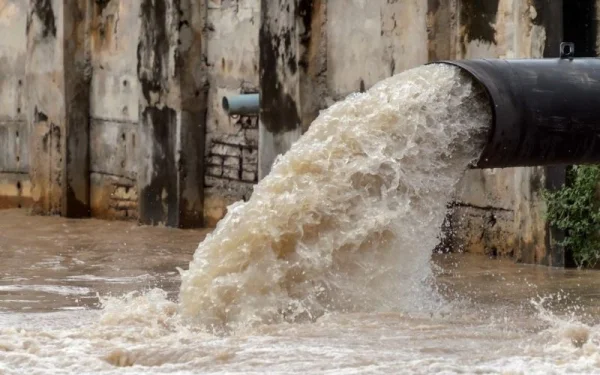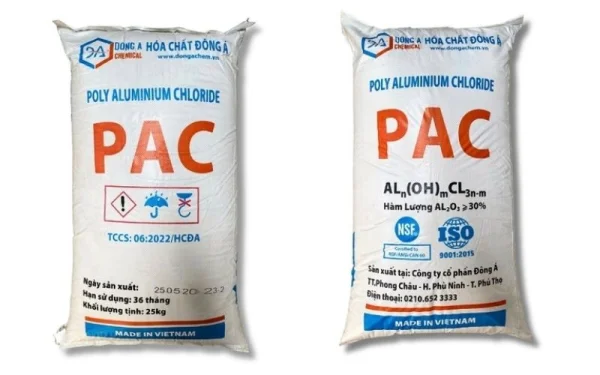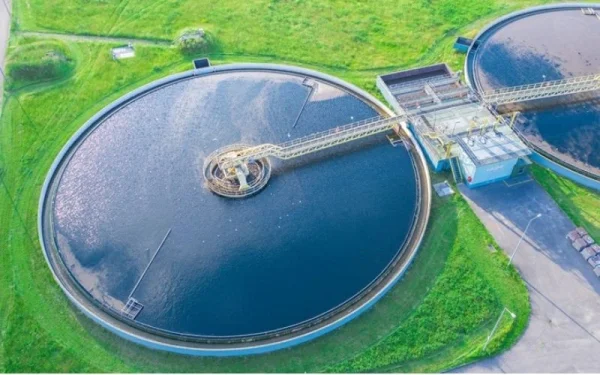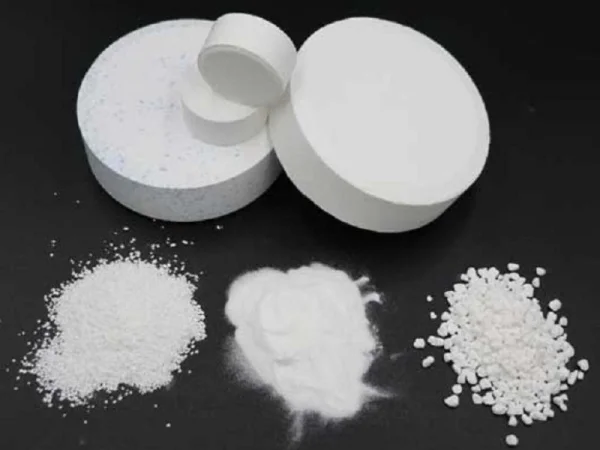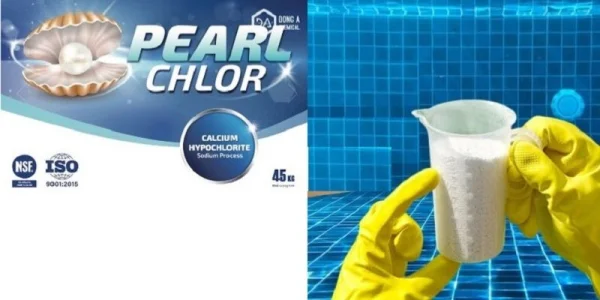
PAC water treatment chemicals are not only commonly used in Vietnam but also in many countries around the world. People often use PAC to remove residue and toxic dirt inside during wastewater treatment. In the below article, Dong A will provide readers with some necessary information about PAC chemical, applications of this chemical and instructions for determining the PAC dosage needed in water treatment.
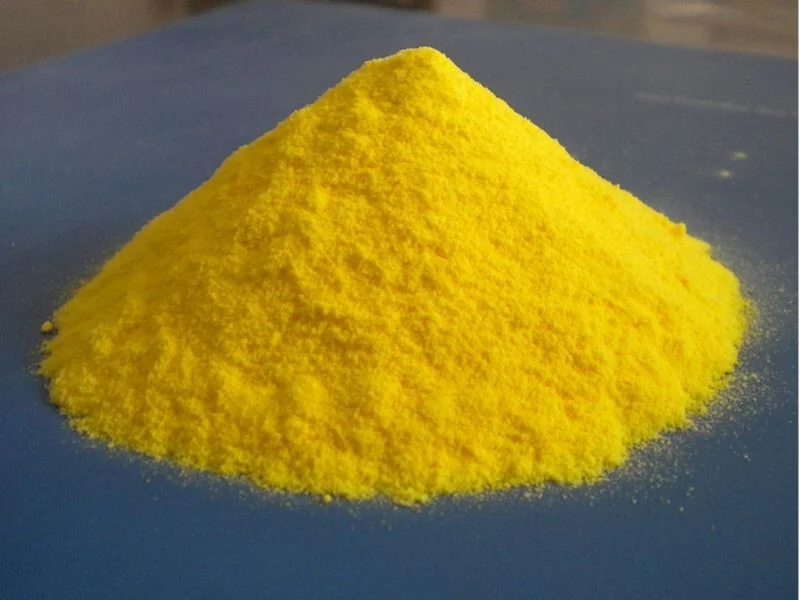
1.Overview of PAC water treatment chemical
PAC chemical is the abbreviation for Poly Aluminum Chloride, which is a type of aluminum alum that exists in the form of polymer.
Chemical formula: [Al2(OH)nCl6-n]m
Commonly used in many countries around the world, typically Vietnam for the purpose of wastewater treatment, domestic water treatment, especially water treatment to replace Aluminum Sulfate alum.
Thanks to its aluminum content of 28-32%, PAC chemical has the ability of coagulating dirt, helping recover all useful substances in industrial wastewater and residues effectively without harming the environment.
PAC chemical often exists in liquid and powder form, so its color and mechanism are also different.
- PAC powder: lemon yellow, ivory white, completely soluble in water and can be stored for a long time under normal conditions.
For example: PAC powder 30%
- Liquid PAC: long-lasting yellow color, stored in plastic bottles or cans for longer preservation.
For example: liquid PAC 10%, liquid 17%
2. 3 outstanding applications of PAC chemical for water treatment
Due to its wide use as a precipitant and application in various industries. So PAC has the ability of treating cloudy and dirty water to create high quality water for use in production and daily life. Therefore, Poly Aluminum Chloride chemical is used in most industrial processes.
2.1. PAC water treatment
Water is considered a precious and indispensable resource for the life of humans and creatures on earth. Water participates in most metabolic processes in the body, being a synthetic component and constituting important structures of cell walls.
Of course, it’s the same for creatures, in the processes of photosynthesis, metabolism or stimulating energy production processes, all need water.
However, there are still many areas and locations that are lacking clean water for use and the reason is that in some places water pollution has occurred and the contamination has not been treated promptly.
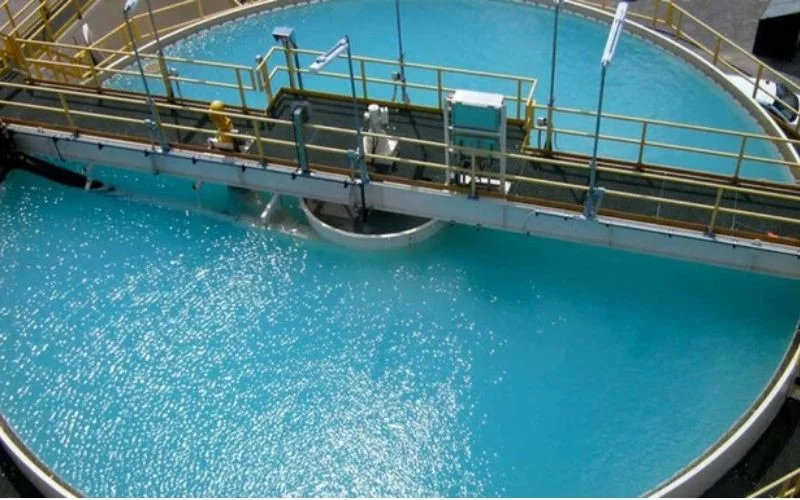
Since then, 10% liquid PAC, 17% liquid PAC or 30% powder PAC have been widely used in most technological processes such as filtration of domestic water, domestic drinking water or direct use of river and lake water, creation of domestic water.
- PAC possesses many outstanding advantages in the sedimentation process, with an efficiency of 4-5% compared to alum sulfate, fast coagulation, less fluctuation in water pH, little or no need for supportive substances. It is not cloudy when using too little or too much alum.
- Has the ability to well remove soluble and insoluble organic substances and heavy metals, improving water quality. Helps algae, plankton, and dirt to quickly precipitate and settle, making the water cleaner.
2.2.PAC treats water in production and processing
We have learned about the applications of PAC chemical in water treatment. Not only that, PAC is also used in other industries such as manufacturing and processing. This industry always requires a large amount of water for cleaning and sanitation purposes, creating a significant amount of wastewater that needs to be treated before being discharged.
To treat wastewater in production and processing, liquid PAC 10%, liquid 17% and PAC powder 30% are always the top priority options.
2.2.1.Wastewater treatment from the meat processing
Meat processing includes many activities such as slaughtering, cutting meat, deboning, packaging and preserving. From there, many different types of wastewater are created, including blood, fat, bones, meat, along with cleaning agents, disinfectants and other chemicals, etc. These substances have high levels of pathogens such as bacteria. Bacteria and viruses can affect human health and the environment.
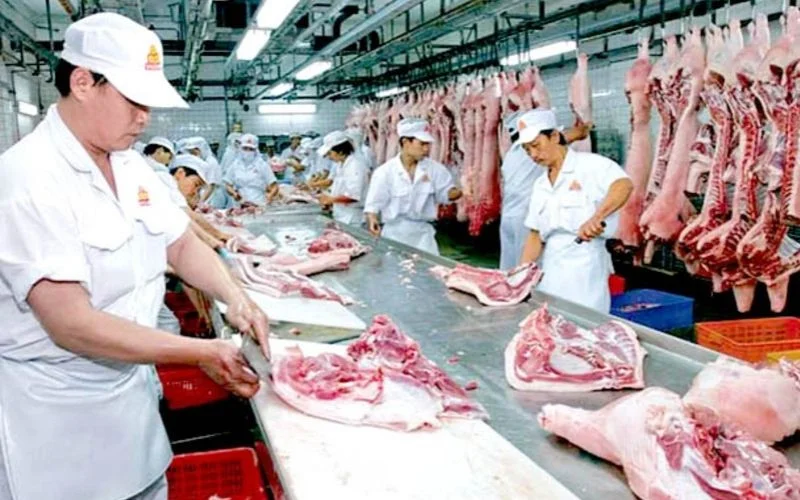
Therefore, PAC chemical is chosen to treat wastewater in the meat processing industry.
- PAC is an effective coagulant used to remove suspended particles, flocculation and organic matter from waste
- Help reduce the amount of chemicals used in wastewater treatment, save costs for the meat processing industry, and reduce the risk of chemical pollution in the environment.
- Because the meat processing industry generates wastewater with a pH of 6 to 8.5, PAC can treat wastewater within this range. Therefore, PAC becomes the preferred choice in the meat processing industry.
- Low residue helps reduce the amount of sludge generated during wastewater treatment, helping to save costs for the meat processing industry.
- PAC is effective in reducing turbidity, leading to clear wastewater, reduced turbidity also limits the risk of environmental pollution.
- To treat wastewater with dark color, lots of bubbles, and bad odor caused by organic substances such as proteins and fats. PAC is used to decolorize wastewater, making the output wastewater clearer, reducing the possibility of bubbles and odor of wastewater.
2.2.2.Wastewater from preliminary processing of agricultural products
Agricultural products such as pre-processed and canned fruits and vegetables are very popular because of their convenience. Along with that, the problem of environmental pollution from the agricultural processing industry also needs attention and treatment.
With wastewater from processing activities such as washing of fruits and vegetables, tools, chains, etc., the wastewater will contain many peels, roots, and cores that have been removed during preliminary processing, or released due to rotting. Therefore, an effective and economical agricultural processing wastewater treatment system is necessary.
- Because agricultural product processing activities often have large volumes of wastewater, PAC has the ability of removing organic matter from wastewater, reducing BOD levels and making it safe to discharge into water sources.
- PAC can coagulate and flocculate suspended solids, remove them through sedimentation and filtration. Because in the wastes of agricultural product processing, there will exist suspended solids from peels, roots, etc., causing water pollution.
- PAC only requires low dosage for treatment, which not only reduces the required amount of chemicals but also reduces the amount of sludge produced during treatment.
- Because PAC is a relatively low-cost chemical and only requires small doses, it helps reduce treatment costs.
2.2.3.Industrial wastewater treatment from fish processing
As we know, fish processing wastewater contains many different pollutants, including organic substances, suspended solids, and nutrients such as nitrogen and phosphorus. These are wastes that pollute water and harm the underwater ecosystem if not being treated properly.
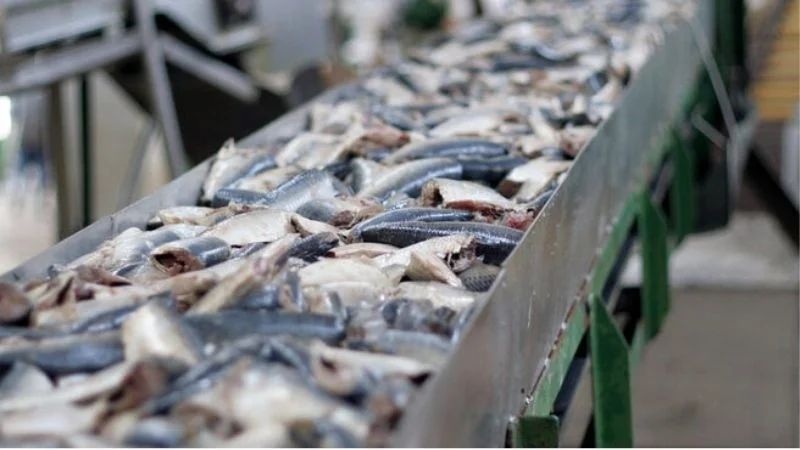
- PAC has the ability to remove organic matter from fish processing wastewater, reducing BOD levels and ensuring safety when discharged into water sources.
- In addition, fish processing waste often contains suspended solids such as fish scales and other particulate matter that can pollute water sources. PAC can coagulate and flocculate suspended solids, and remove them through sedimentation and filtration.
- Fish processing wastewater usually has a pH of 6 to 9, PAC is capable of operating effectively within this range.
- PAC requires much lower dosages to achieve treatment level equivalent to other coagulants and flocculants. It not only reduces the amount of required chemicals, but also reduces the amount of sludge produced during treatment.
- Reduce total treatment costs because PAC is a relatively low-cost chemical and requires only small doses to achieve treatment level equivalent to other treatment chemicals.
2.2.3.Water treatment PAC in food processing
As we know, wastewater from food processing has a variety of composition and pollution concentration. From preliminary processing, material cleaning, product processing, cleaning of machinery and equipment, domestic wastewater to wastewater from the cooking area, it requires the manufacturing plants to apply appropriate treatment measures.
- Just use a low dosage to help large flocs settle easily.
- PAC effectively reduces sludge volume.
- Use of PAC not only reduces the need for additional processes and treatment equipment, but also increases efficiency and productivity in other processes, helping to reduce costs.
2.3.PAC for industrial wastewater treatment
PAC chemical is also effective in treating industrial wastewater such as wastewater from landfills, domestic wastewater, wastewater from petrochemicals, batteries, ceramics and alcohol.
To avoid potential risks that directly affect human life and health, wastewater treatment chemicals are always carefully considered and selected. According to research, PAC-DA and PAC NEF are two priority chemicals used in the industry.
2.3.1.Wastewater treatment from landfills
Landfills are a popular waste treatment method today, from where more than 50% of waste is generated. However, landfilling has a huge impact on the environment, with potential risks to air and water quality and public health.
However, a major environmental concern is related to the generation of leachate from landfills.
This is a liquid created when rainwater seeps through waste in the yard, is heavily polluted and contains a variety of contaminants including heavy metals, organic pollutants, nutrients and pathogens.

To prevent the release of leachate into the environment, waste needs to be treated before being discharged.
After PAC is added to landfill leachate, a series of aluminum hydroxide compounds are created when PAC reacts with water. These positively charged compounds neutralize the negative charge of the particles, causing them to combine with each other and form larger particles.
Then, the particles combine to form flocs which are large enough to be removed from the water by settling and filtering. Due to their larger size and increased density, flocs are easily removed from water by gravity settling.
2.3.2.Wastewater from domestic water systems
In domestic water treatment, PAC chemicals are used quite commonly. Currently, in advanced countries, in their water treatment industry and improvement of water quality, PAC dominates in quantity and is widely used. With the following applications:
- Low dosage helps large flocs settle easily
- PAC has the ability of effectively reducing sludge volume
- Water treatment takes place in most technological processes, from filtering domestic water, drinking water to direct sedimentation in rivers, lakes, and canals to create domestic water sources. In addition, after filtering and increasing water quality, PAC is also used to treat civil water and industrial water to help increase water clarity.
- With 4-5% higher coagulation efficiency than alum sulfate, fast coagulation, low pH fluctuation, little use or no need of supportive matter or equipment, the water does not become cloudy when there is a lack or excess of alum.
- PAC has the ability of removing organic substances and heavy metals. The water will be cleaner when algae, plankton, and dirt precipitate into patches and settle to the bottom.
2.3.3.Wastewater from the petrochemical industry
Due to the increasing scale of petrochemical production, it is necessary to use many types of solvents, supportive substances and additives. From there, a large amount of wastewater with quite complicated composition is discharged into the environment.
Petrochemical wastewater is seriously polluted by organic matter, containing many heavy metals, especially some substances that can react with phosphorus and nitrogen in the soil, leading to a serious deficiency of phosphorus and nitrogen in the soil.
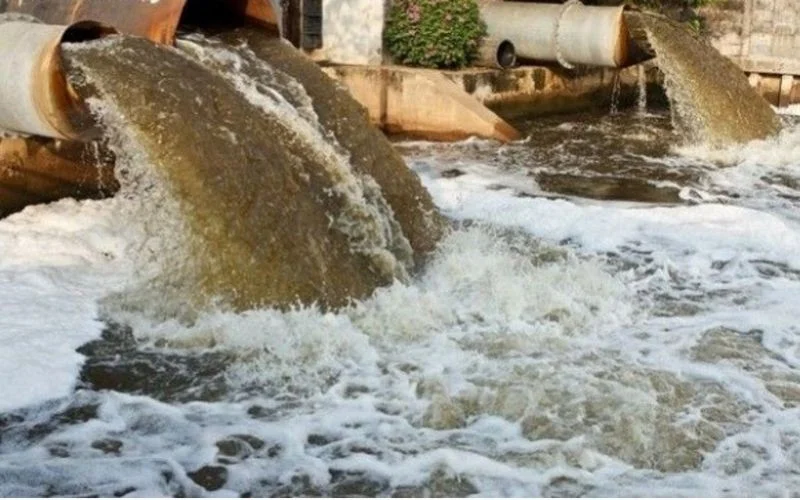
In addition, petrochemical wastewater also contains a large amount of heavy metal elements such as arsenic, chromium, nickel, beryllium, etc. Once they enter the human body, they will increase the incidence of cancer and seriously affect human health.
Therefore, to solve wastewater problems, PAC is prioritized for use because this chemical has the ability of effectively neutralizing many types of pollutants including heavy metals, grease and organic matter, and removing smaller particles than other coagulants.
At the same time, with its flexibility, PAC can be used in many different treatment processes and combined with other treatment methods such as oxidation, efficiency optimization.
2.3.4.Wastewater from the battery manufacturing industry
For battery industry wastewater, wastewater contains heavy metals such as lead, cadmium, lithium, nickel, and other organic compounds such as benzene, toluene and xylene. In addition, there are other contaminants including suspended solids, pH regulators and surfactants.
- PAC chemicals are used to remove suspended solids that can make water cloudy and difficult to treat.
- Reduce heavy metal concentrations, which are the main pollutants in battery manufacturing wastewater. Not only that, it is also toxic to humans and the environment and can accumulate in soil and water.
- The cost is relatively cheap compared to other coagulants such as ferric chloride and alum.
- PAC is easy to treat and can be added to the wastewater stream in liquid form.
- In particular, PAC is not toxic and does not create harmful by-products during processing.
2.3.5. Wastewater from the manufacture of sugar cane
Sugarcane production is one of the leading industries in the world, playing an important role in the global economy. The production process includes many stages, but the one that receives the most attention is still wastewater treatment.
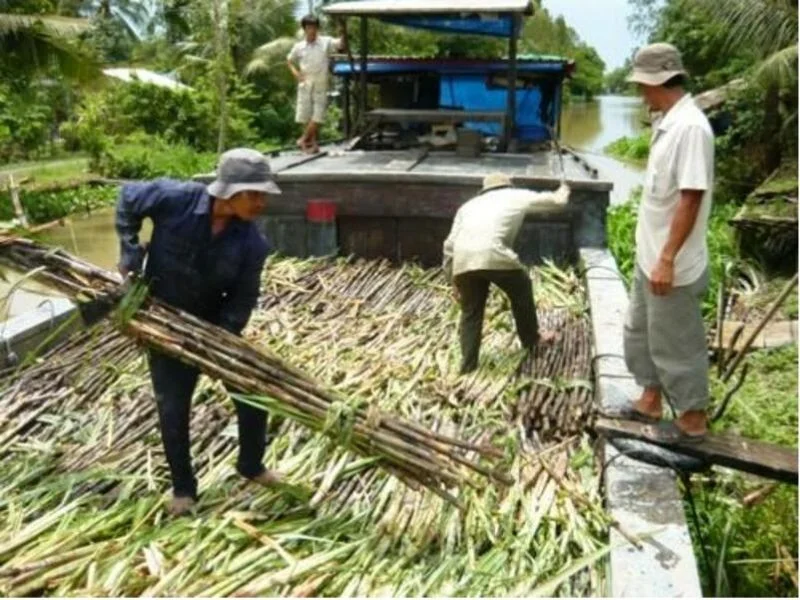
Wastewater is generated from sugar cane crushing areas, boiler areas or the cooling and cleaning process of equipment. Because it contains many organic substances that easily decompose, causing foul odors, high acidity, high temperature, and grease. If discharged directly into the environment, it will cause pollution and destroy the ecosystem.
- PAC can help adjust pH to the optimal range for treatment because the pH of sugarcane wastewater is often too low or too high. It is safer to treat than other strong acids such as hydrochloric acid or sulfuric acid.
- Disinfection is the final step with the purpose of eliminating pathogens and other harmful microorganisms before being released into the environment. PAC is used for disinfection by adding to wastewater after coagulation and flocculation. Flocs formed during coagulation and flocculation can trap pathogens and other microorganisms and can easily be removed from wastewater during sedimentation.
2.3.6.Wastewater treatment from alcohol industry
In the beer and wine industry, fermentation is an indispensable process. At that time, organic matter decomposes, creating wastewater containing high levels of organic matter and suspended solids. This wastewater can pollute water sources and aquatic ecosystems if not being treated properly. Therefore, PAC water treatment chemical is considered an effective solution that is prioritized for use.
- PAC has the ability of effectively removing organic matter from fermentation wastewater, reducing BOD levels and making organic matter safe to discharge into water sources.
- PAC effectively coagulates and flocculates suspended solids in fermentation wastewater, allowing to eliminate them through sedimentation.
- Fermented wastewater usually has a pH of 3-5, PAC can be effective in this range.
- To treat fermentation wastewater, only a low dose of PAC is needed, which not only reduces the amount of chemicals needed for treatment but also reduces the amount of sludge produced during treatment..
2.3.7.Wastewater treatment from ceramic industry
Ceramic industry wastewater arises from various processes such as washing, mixing and coating ceramic products. With many suspended substances, colors and organic substances, it is difficult to dispose of into the environment. Moreover, it also causes equipment blockage and reduces the performance of the treatment system.

- PAC is highly effective in removing contaminants from wastewater, helping to improve water quality
- To reduce the impact on the environment, protect the environment and prevent water pollution, use PAC to remove pollutants from wastewater.
- In addition, the use of PAC helps save cost by reducing the need for additional treatment processes and equipment, and improved water quality increases efficiency and productivity in other processes.
3. Instructions on how to determine the required dosage of PAC water treatment chemical
The dosage of PAC commonly used for treatment will depend on the quality of each different type of water. Therefore, consulting on how to mix PAC chemical to treat wastewater with different amounts helps everyone achieve the best results.
To determine the PAC dosage needed in water treatment, we need to perform 4 steps:
- Step 1: Take about 800 ml of water to be treated into a glass cup
- Step 2: Take a diluted amount of PAC, put it in a cup and stir well
- Step 3: Observe the sedimentation ability of PAC chemical
Similarly, repeat the above experimental steps with different PAC doses to get the appropriate dose. Then, observe the sedimentation ability of the PAC chemical doses put into the cup, and determine the appropriate amount of PAC for the type of wastewater to be treated.
4. 4 advantages when using PAC chemical for water treatment
Thanks to outstanding features from quality, cost to efficiency of use. PAC water treatment has been widely distributed and used in many countries around the world instead of Aluminum Sulfate alum in wastewater treatment. So what are the advantages of this chemical that makes it so popular? Dong A would like to share specifically as follows:
- Effective removal of impurities
PAC has the ability of removing impurities in industrial wastewater, ensuring safety when discharged into the environment. At the same time, it can effectively remove suspended solids, organic matter and heavy metals from wastewater.
- Cost saving
Poly Aluminum Chloride is surely an effective solution to help save costs in the wastewater treatment process. Just using a small dose can be highly effective.
- Safe and non-toxic
Although PAC is a chemical, it is safe and non-toxic. This chemical is widely used in wastewater treatment. Especially without causing harm to human health and any risks to the environment.
- Easy to use
PAC is a powdered substance that dissolves quickly and can be added directly to wastewater so it is easy to use in wastewater treatment.
5. Reputable supplier of PAC chemicals for water treatment in large quantity nationwide
Dong A Chemical Company is one of the leading reputable suppliers of water treatment chemicals in Vietnam nowadays. Dong A has been receiving trust from many manufacturing and environmental companies as a supplier of PAC water treatment chemicals, bringing high efficiency in production activities.
Not only that, with chemical products produced directly in Dong A such as PAC, Liquid Chlorine, HCl Acid, Chlorine, and Javelle water,... we can fully satisfy in quantity and offer the best price in the market.
The supplied products will have full instructions and quality testing so that customers can feel secure when using them.
Hopefully the information about PAC water treatment chemicals that Dong A shares will bring customers useful information about wastewater treatment. If you encounter any difficulties in wastewater treatment, please contact the company immediately via Hotline (+84) 985797941 or Email: export@dongachem.vn for the most dedicated support.
Related Articles
What is wastewater treatment? Present methods for treating wastewater
What is wastewater treatment? This is essentially an important process to reduce pollution before ...
General list of currently popular wastewater treatment chemicals
Currently, wastewater treatment chemicals are one of the most effective solutions to the problem of ...
Recommendations about how to treat water with a high pH
Water with a high pH is not only unpleasant but can also be harmful to your health. Therefore, ...
Instructions for safely and effectively treating swimming pool water with Chlorine
If we treat water with chlorine for swimming pools properly and in the right dosage, it will ensure ...
Difference between chlorine powder and chlorine pellets in wastewater and swimming pool water treatment
In mentioning kinds of chemicals, chlorine powder and chlorine pellets are the two most popular ...
How to mix and use chlorine powder 70% to treat water
How to mix or use chlorine powder 70% is always the issue that receives great attention from ...

